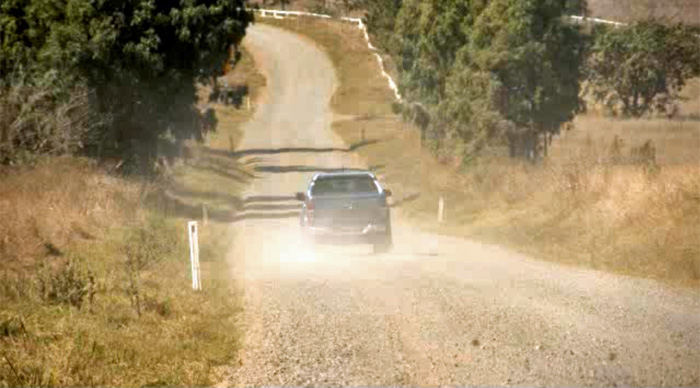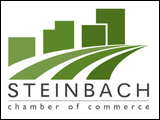The Government of Manitoba has introduced legislation that would transform the management of Manitoba roadways. Based on recommendations from local governments, provincial civil servants and businesses, the proposed amendments would ensure Manitoba’s legislation reflects significant changes that have occurred in the transportation and infrastructure system over the last 30 years.
“From day one, our government has been focused on ensuring onerous and outdated regulatory requirements impacting Manitobans are eliminated while keeping public safety at the forefront,” said Infrastructure Minister Ron Schuler. “Our government has taken a leading role in modernizing the way government operates, taking into account the ideas of front-line employees and key stakeholders.”
The traffic and transportation modernization act would make amendments to The Drivers and Vehicles Act, The Highway Traffic Act, The Manitoba Public Insurance Act and The Provincial Railways Act, while replacing The Highways and Transportation Act and The Highways Protection Act with the proposed new transportation infrastructure act, the minister said.
Major changes would include:
- allowing municipalities to set speed limits on their roadways rather than having to apply to a provincial board;
- consolidating the outdated ‘two plate’ CT/PSV registration system for more than 33,000 heavy trucks in Manitoba;
- streamlining and moving the approval process of non-government highway signage from the Highway Traffic Board to the Department of Infrastructure;
- opening up Manitoba’s charter bus industry to align with the terms of the New West Partnership; and
- creating a superintendent of railways to oversee Manitoba’s short-line railways.
As part of the proposed changes, the Highway Traffic Board and Motor Transport Board would be eliminated. These changes would give municipalities the freedom to set speed limits rather than having to apply to the Highway Traffic Board, the minister noted.
The act would also rationalize application processes for access driveways and signs along provincial roadways and would simplify internal government procedures for highway declarations, resulting in red-tape reduction both in and outside of government.
This new regulatory framework would come into effect over the course of one year to allow consultations with stakeholders and time to prepare for the changes, the minister noted.
“Our government has listened to stakeholders in the development of this legislation and stakeholders will play a key role in this legislation’s implementation. We are focused on making the lives of Manitobans easier and as always, that involves ensuring legislation works for them,” Schuler added.





